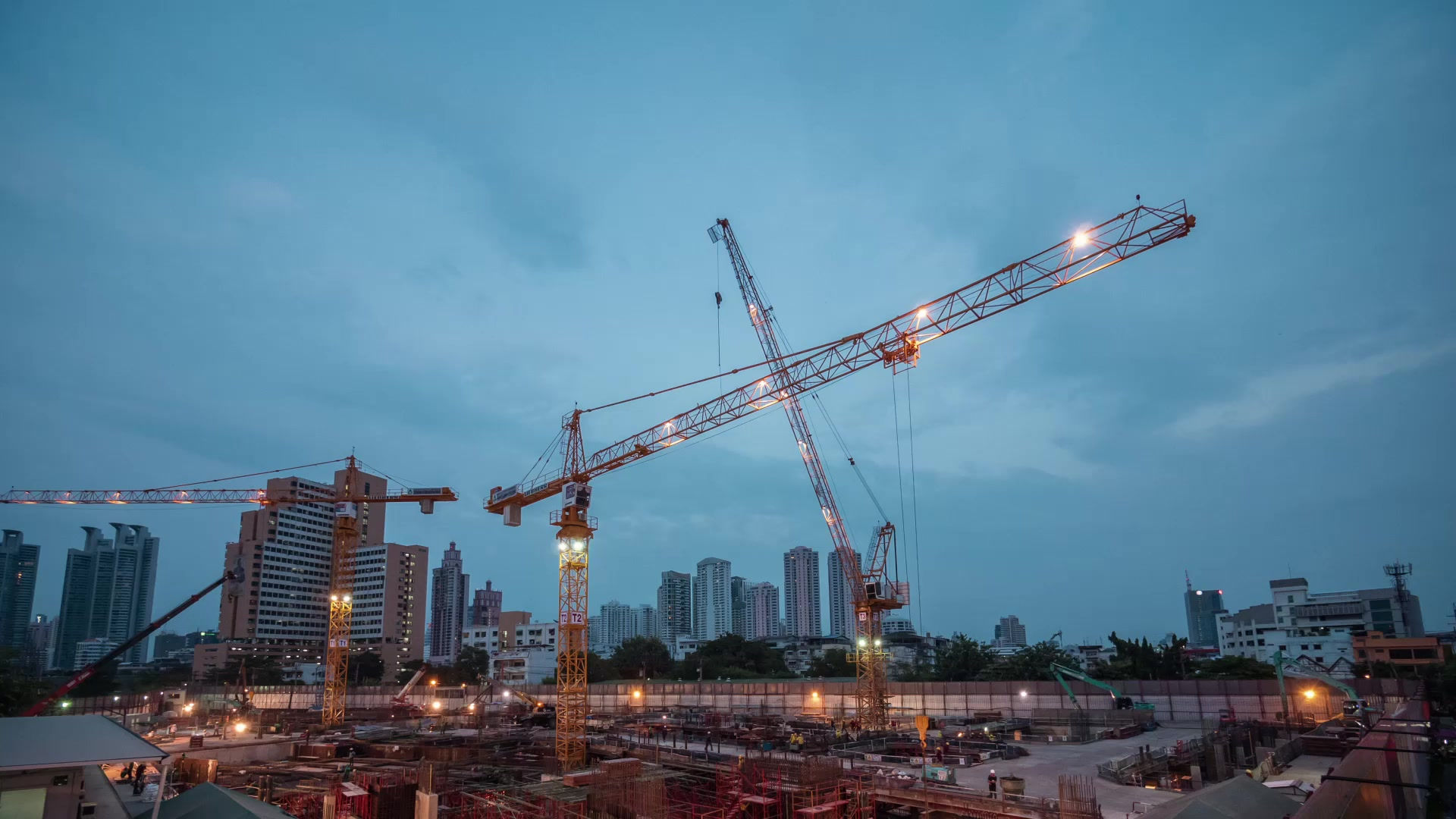

LEADERS IN QUALITY PPR PIPES KPT PIPES
OUR SERVICES

PPR Pipe Manufacturing
PPR (Polypropylene Random Copolymer) pipe manufacturing refers to the process of producing pipes using a specialized type of thermoplastic polymer known as PPR. These pipes are commonly used in plumbing and heating systems for residential, commercial, and industrial applications.

DifferentTypes Of PPR Pipes
PPR (Polypropylene Random Copolymer) pipes come in various types to suit different plumbing and piping needs. The most common types include PPR-CT (Composite) pipes, PPR-FR (Fiber-Reinforced) pipes, and PPR-Al-PPR (Aluminum-Plastic-Aluminum) pipes.
.png)
PPR Pipe Installation
PPR (Polypropylene Random Copolymer) pipe installation is a widely used method for plumbing and water supply systems. It involves the careful planning and assembly of PPR pipes, which are known for their durability, corrosion resistance, and high-temperature tolerance.
About PPR Pipes
PPR pipes, or Polypropylene Random Copolymer pipes, are a type of plastic piping system used for various plumbing and water supply applications. They are known for their durability, corrosion resistance, and versatility, making them a popular choice for both residential and commercial plumbing systems. Here are some key characteristics and information about PPR pipes:
-
Material: PPR pipes are made from a thermoplastic material called polypropylene random copolymer. This material is known for its high melting point, chemical resistance, and ability to withstand high temperatures and pressures.
-
Types of PPR Pipes:
-
PPR-R: These pipes have three layers – an inner layer of PPR, a middle layer of fiberglass, and an outer layer of PPR. They are suitable for hot and cold water applications.
-
PPR-AL-PPR: These pipes have an aluminum layer sandwiched between two layers of PPR. This construction provides better insulation and is often used for hot water distribution systems.
-
PPR-C: These are the most common PPR pipes and are used for both hot and cold water supply. They have a homogeneous structure without any additional layers.
-
-
Advantages of PPR Pipes:
-
Corrosion resistance: PPR pipes do not corrode, rust, or scale over time, ensuring long-term reliability.
-
High-temperature resistance: They can handle hot water at temperatures up to 90°C (194°F) and are suitable for both residential and industrial applications.
-
Smooth interior surface: PPR pipes have a smooth inner surface that reduces friction, preventing the buildup of mineral deposits and maintaining good flow rates.
-
Lightweight: PPR pipes are relatively lightweight, making them easier to transport, handle, and install compared to some other piping materials.
-
Low thermal conductivity: PPR pipes have low heat conductivity, which helps maintain the temperature of the water inside the pipe.
-
-
Applications:
-
PPR pipes are commonly used for domestic water supply systems, including both hot and cold water distribution.
-
They are also used for industrial applications, such as in chemical processing plants, because of their resistance to various chemicals.
-
PPR pipes are suitable for underfloor heating systems due to their ability to handle high-temperature water.
-
They are used in agricultural irrigation systems for water conveyance.
-
-
Installation: PPR pipes are typically joined using heat fusion techniques like socket fusion or butt fusion. This creates strong and leak-resistant connections. Additionally, PPR pipes can be easily cut and modified to suit specific installation needs.
-
Maintenance: PPR pipes require minimal maintenance as they are resistant to scaling and corrosion. However, regular inspections are recommended to ensure there are no leaks or other issues.
-
Environmental Impact: PPR pipes are considered environmentally friendly as they are recyclable and have a long lifespan, reducing the need for frequent replacements.
In summary, PPR pipes are a popular choice for plumbing systems due to their durability, resistance to corrosion, and suitability for both hot and cold water applications. Their ease of installation and low maintenance requirements make them a reliable option for various water supply needs.